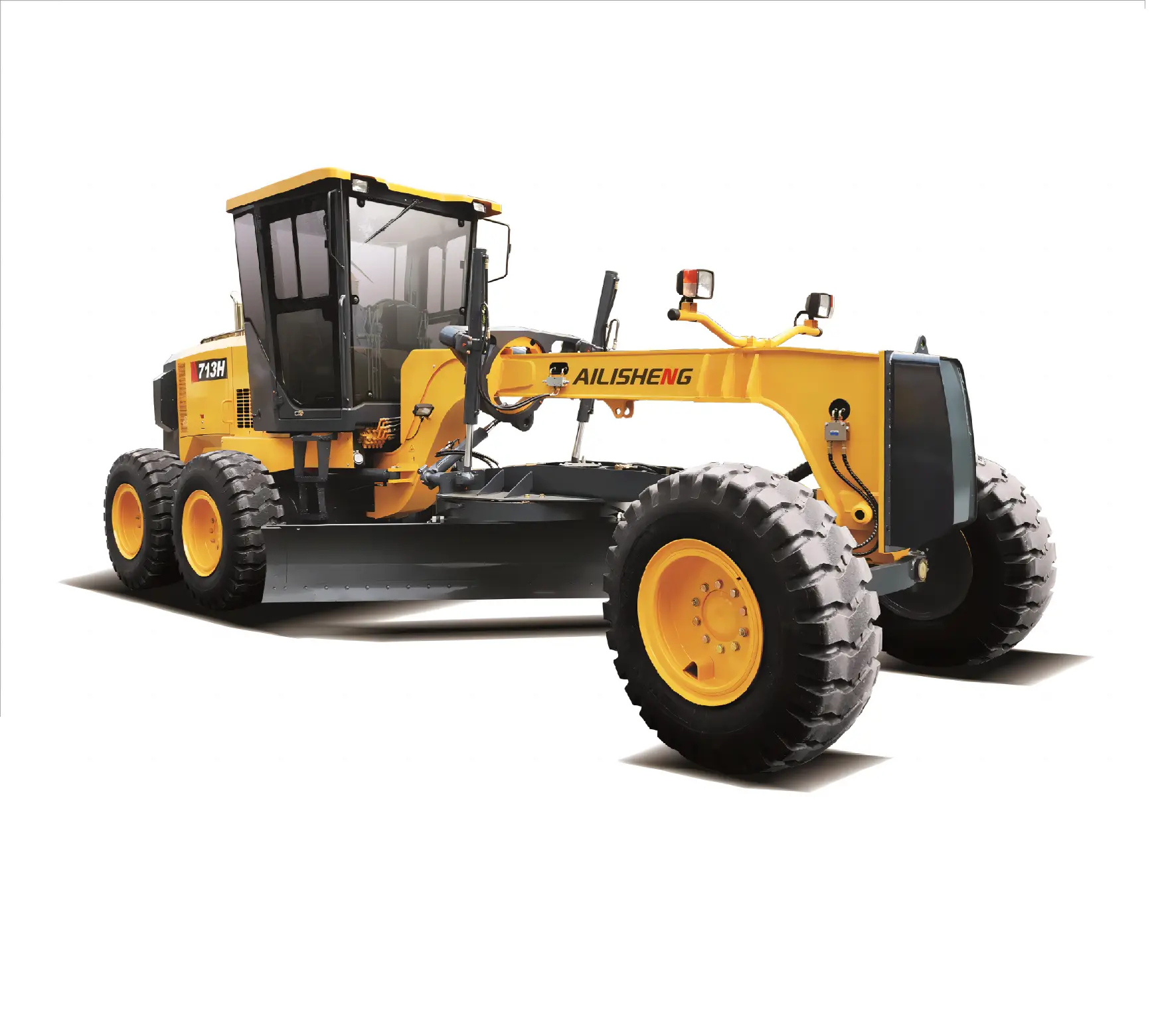How Does a Large Excavator Operate?
Excavators, also known as diggers or backhoes, are heavy construction equipment used for digging and moving large objects. They are commonly seen on construction sites, demolition sites, and in mining and forestry applications. Large excavators play an important role in many industries, and understanding how they operate is essential for anyone working in these fields. In this article, we will take an in-depth look at how a large excavator operates, including its main components, controls, and typical operating procedures.
The Main Components of a Large Excavator

A large excavator is made up of several main components that work together to perform various tasks. These components include the chassis, undercarriage, boom, arm, bucket, and hydraulic system.
The chassis of an excavator is the base structure that supports the weight of the machine. It is typically mounted on a set of tracks or wheels, which allow the excavator to move around the work site. The undercarriage is the part of the chassis that houses the tracks or wheels and provides stability and mobility to the machine.
The boom of an excavator is the long, extendable arm that is used to reach high and far distances. At the end of the boom is the arm, which is a shorter, more flexible structure that allows the operator to maneuver the bucket into various positions. The bucket is the attachment at the end of the arm that is used for digging and scooping up materials.
The hydraulic system is what powers the various movements and functions of the excavator. It consists of a hydraulic pump, hydraulic fluid, and a series of hydraulic cylinders and motors that control the movement of the boom, arm, and bucket.
The Controls of a Large Excavator
The controls of a large excavator are typically located in the operator's cab, which is a fully enclosed, climate-controlled compartment designed for comfort and safety. The main controls include joysticks, foot pedals, and a control panel.
The joysticks are used to control the movement of the boom, arm, and bucket. By pushing and pulling on the joysticks, the operator can extend and retract the boom, raise and lower the arm, and open and close the bucket. The foot pedals are used to control the tracks or wheels, allowing the operator to move the excavator forward, backward, and turn in place.
The control panel is where the operator can monitor the various functions of the excavator, such as engine temperature, hydraulic pressure, and fuel levels. It also includes switches and dials for controlling auxiliary functions, such as a tiltrotator or hydraulic thumb.
Typical Operating Procedures for a Large Excavator
Operating a large excavator requires special training and skill, as well as a thorough understanding of safety protocols and best practices. The typical operating procedures for a large excavator include pre-operation checks, startup and shutdown procedures, and safe operating techniques.
Before starting the excavator, the operator must perform a series of pre-operation checks to ensure that the machine is in good working order. This includes checking the tracks or wheels for damage, inspecting the hydraulic system for leaks, and testing the controls for responsiveness. Once the pre-operation checks are complete, the operator can start the excavator by engaging the engine and hydraulic systems.
During operation, the operator must follow safe operating techniques to minimize the risk of accidents and injuries. This includes maintaining a safe distance from obstacles and other workers, using the bucket and other attachments within their rated capacities, and avoiding sudden movements or jerky actions that could destabilize the machine.
When the work is complete, the operator must follow shutdown procedures to safely power down the excavator and secure it for storage. This includes lowering the boom and arm to the ground, disengaging the engine and hydraulic systems, and performing a final walk-around inspection to ensure that the excavator is in a safe and secure state.
Maintenance and Care of a Large Excavator
Proper maintenance and care are essential for keeping a large excavator in good working condition and extending its lifespan. This includes regular inspections, lubrication, and servicing of the various components and systems.
Regular inspections involve checking for wear and tear on the tracks or wheels, examining the hydraulic system for leaks or damage, and testing the controls for smooth operation. Any issues that are discovered during inspections should be promptly addressed to prevent further damage or safety hazards.
Lubrication is key to keeping the moving parts of an excavator functioning smoothly. This includes greasing the pivot points of the boom, arm, and bucket, as well as the gears and bearings of the undercarriage. Proper lubrication helps reduce friction and wear on these components, resulting in better performance and longer life.
Servicing the engine and hydraulic systems is also important for maintaining the performance and reliability of an excavator. This includes changing the engine oil and filters, replacing hydraulic fluid, and inspecting and adjusting the hydraulic hoses and fittings.
Summary
In conclusion, a large excavator is a powerful and versatile piece of equipment that is used for a wide range of tasks in construction, demolition, and other industries. Understanding how a large excavator operates, including its main components, controls, and typical operating procedures, is essential for anyone working with or around these machines. By following proper maintenance and care practices, it is possible to keep a large excavator in good working condition and ensure that it remains a valuable asset on any job site.
